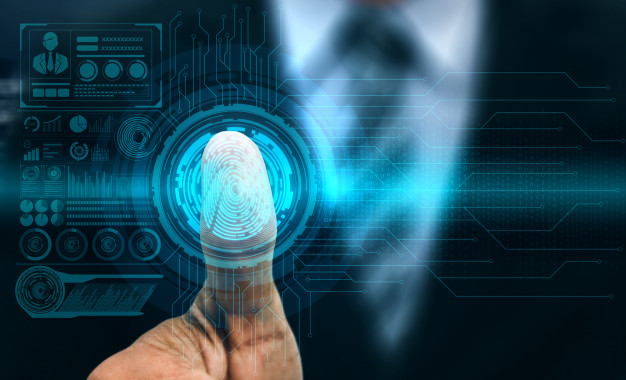Will the internet-free digital payments UPI Lite take off in India?

What is UPI Lite? The National Payments Corporation of India (NPCI) is working on a new solution called UPI Lite that will allow small digital payments to be made without the need for an active internet connection. The RBI announced on January 5 that digital payments of up to ₹200 could be made without […]
NFC: What is it?

Ever wondered what happens in the background when you say my card has a“Tap & Pay” feature? It’s because of a technology called NFC or Near Field Communication. NFC or Near Field Communication is a contactless communication technology based on a radio frequency (RF) field using a base frequency of 13.56 MHz NFC technology […]
Aadhaar Pay – Digitisation of Payments in India

In Today’s world of Digitalisation, the Government of India (GoI) is taking steps to provide the infrastructure and technology to promote the digital payment ecosystem. GoI has initiated steps like BHIM Aadhaar Pay, an alternative for online and card based payment to popularize digital payments in Rural India which forms 65% of Indian Population. Aadhaar […]



